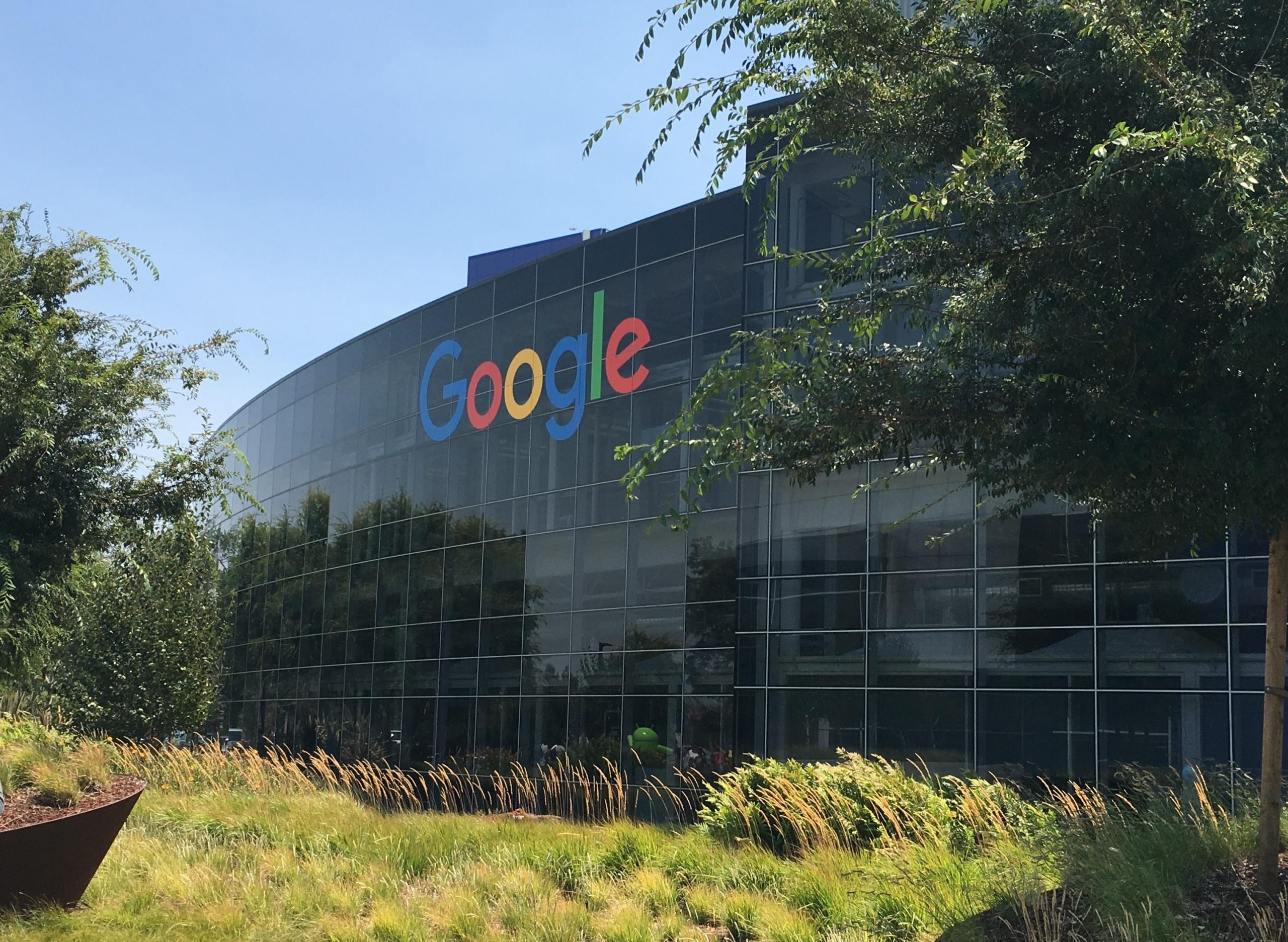In a world where technology continues to revolutionize the way we access information and interact with the world around us, Google’s latest endeavor is set to bring a groundbreaking innovation to the field of personal health. Introducing the Personal Health Large Language Model, Google’s ambitious project aims to leverage the power of artificial intelligence and machine learning to enhance the way individuals manage their health and well-being. Let’s dive into the fascinating world of Google’s new innovation and explore the potential impact it could have on the future of healthcare.
Introduction
Google has always been at the forefront of innovation, and their latest project, the Personal Health Large Language Model, is no exception. This groundbreaking initiative aims to revolutionize the way we approach personal health and wellness by utilizing advanced language models to provide tailored insights and recommendations.
Imagine having a virtual health assistant that understands your unique needs and preferences, offering personalized suggestions for improving your overall well-being. With Google’s Personal Health Large Language Model, users can expect a more intuitive and customized approach to managing their health. From tracking fitness goals to monitoring chronic conditions, this powerful tool has the potential to transform the way we think about healthcare.
Overview of Personal Health Large Language Model (PHLLM)
Google is making significant strides in the field of healthcare technology with the development of the Personal Health Large Language Model (PHLLM). This innovative model is designed to revolutionize the way we approach personal health management and decision-making.
Using advanced artificial intelligence and machine learning algorithms, the PHLLM is capable of analyzing vast amounts of health data to provide personalized insights and recommendations. Whether it’s tracking symptoms, monitoring medication adherence, or predicting health outcomes, this powerful model has the potential to radically transform the healthcare industry.
Benefits of PHLLM in healthcare
Utilizing a Personal Health Large Language Model (PHLLM) in healthcare can revolutionize the way medical professionals interact with data and information. By leveraging advanced natural language processing technology, PHLLMs can analyze vast amounts of medical literature, patient records, and diagnostic images to provide real-time insights and recommendations. This has the potential to improve diagnosis accuracy, treatment effectiveness, and patient outcomes.
Furthermore, PHLLMs can assist with streamlining administrative tasks, such as medical coding, transcription, and billing. This can help reduce healthcare costs and improve efficiency within healthcare organizations. With the ability to continuously learn and adapt based on new data inputs, PHLLMs have the potential to constantly improve and evolve, staying up-to-date with the latest advancements in healthcare. integrating PHLLMs into healthcare systems can lead to more personalized, efficient, and effective patient care.
Challenges and considerations for implementing PHLLM
One major challenge in implementing a Personal Health Large Language Model (PHLLM) is ensuring the privacy and security of patient data. With the vast amount of sensitive information that would be processed by the model, strict measures must be put in place to protect against breaches and unauthorized access. This involves robust encryption techniques, regular security audits, and adherence to strict data protection regulations.
Another consideration for implementing a PHLLM is the potential for bias in the data used to train the model. It is crucial to ensure that the training data is diverse and representative of the population it aims to serve, in order to avoid algorithmic biases that could impact the quality of the model’s output. Additionally, ongoing monitoring and evaluation of the model’s performance are essential to address and rectify any biases that may arise during its use. By addressing these challenges and considerations, Google’s development of a Personal Health Large Language Model holds great promise for revolutionizing the field of healthcare and improving patient outcomes.
Closing Remarks
As Google continues to push the boundaries of artificial intelligence in the realm of personal health, the possibilities for innovation and transformation in the healthcare industry are endless. With the development of a Personal Health Large Language Model, the potential for revolutionizing the way we approach healthcare is within reach. By harnessing the power of technology and data, Google is paving the way for a future where personalized and efficient healthcare is not just a dream, but a reality. Stay tuned as we witness the impact of this groundbreaking advancement unfold in the world of healthcare.
